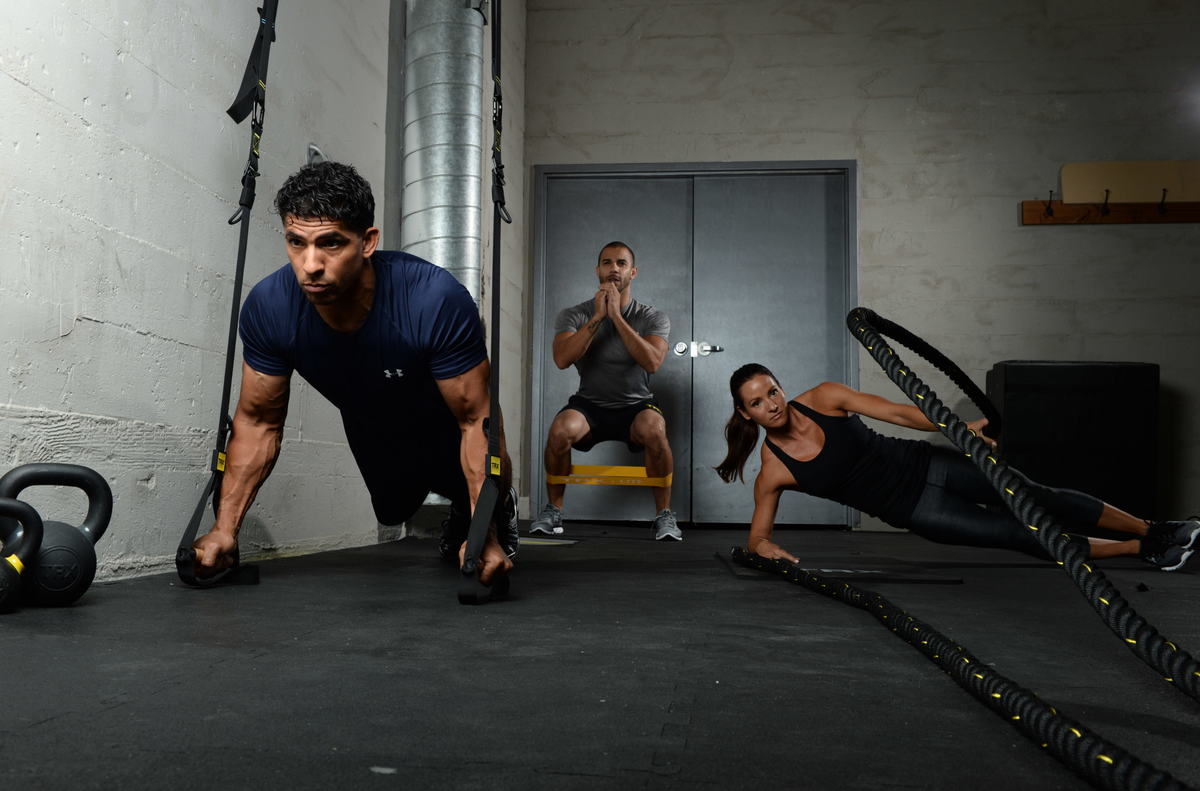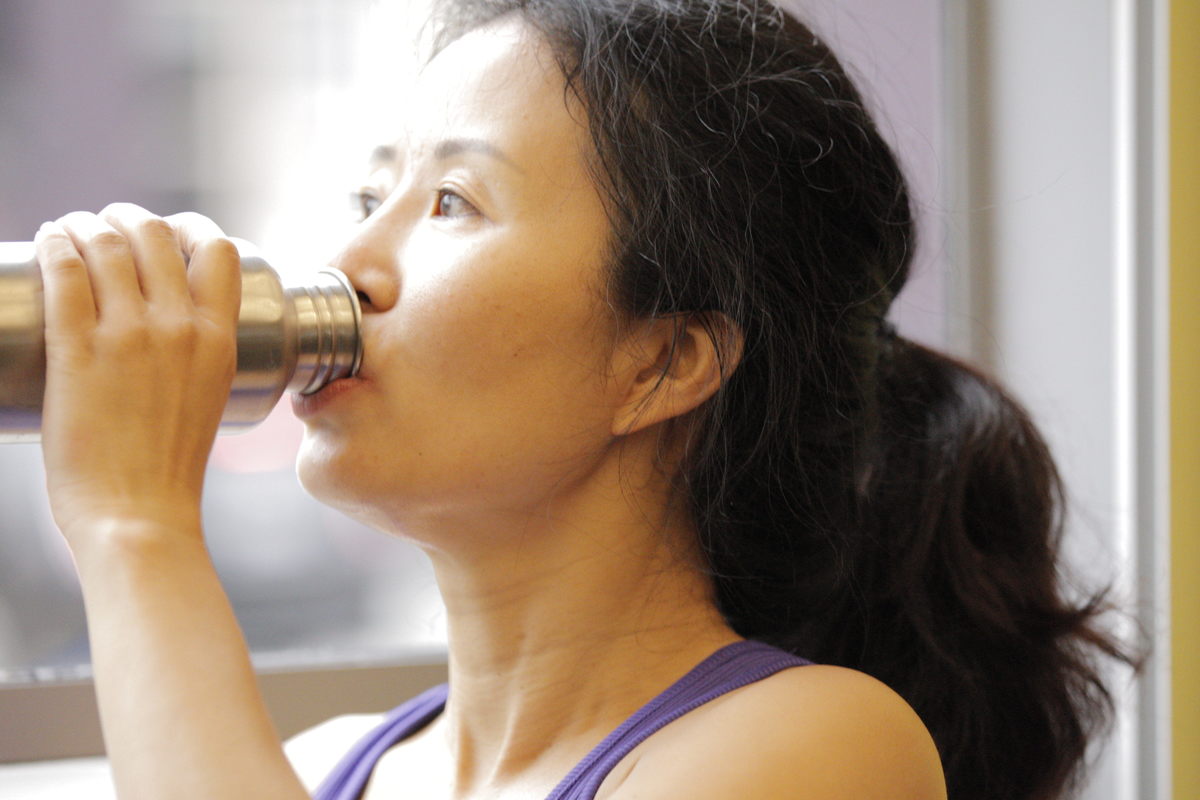Thanks to its unique multi-handle design, training with the YBell is incredibly versatile. By simply adjusting your grip, you can seamlessly transition between different pieces of equipment. When held in the center grip, the YBell functions as a dumbbell. Switch to the under grip, and it transforms into a double grip med ball. With the outer grip, it becomes a kettlebell, and when utilized in the top grip, it serves as a push-up stand.
This innovative multi-handle design consolidates the functionality of a dumbbell, kettlebell, double grip med ball, and push-up stand into a single piece of equipment. By altering your grip, you can modify the weight distribution of the YBell, effectively changing its role and capabilities. This feature makes the YBell ideal for engaging in compound exercises and functional fitness training.
However, these four grips are just the tip of the iceberg when it comes to the versatility of the YBell. Let's delve into the various grips and exercises you can enjoy with your YBell.
Under Grip
You’ll use an under grip for all of your double grip med ball exercises.
Holding the two outer handles, your knuckles are facing straight up, and the point of the YBell is facing straight down (the YBell will be positioned as an inverted pyramid).
Using the under grip, you can easily punch up with the YBell, or press overhead. It’s great for squatting, lunging, or pressing. You’ll also use under grip for more advanced dynamic exercises like squat jump punches and skip lunges.
Double Grip
The double grip is similar to the under grip in that the palms of your hands are facing together while holding two of the outer handles of the YBell. The difference with double grip is that your knuckles and the point of the YBell are pointing straight ahead.
The double grip is used for doing halos, tricep extensions, and any ab work that we do use the YBell.
Center Grip
You’ll use the center grip for all of your dumbbell exercises.
To hold the YBell in a center grip, you’ll simply hold the center handle of the YBell. The weight is nicely distributed around your hand and you can also keep the weight nice and close to your body.
There are two types of center grips: top lock and loose grip.
Top Lock
You’ll use a top lock when performing curls.
The top lock is when you’re holding the center handle of the YBell and you lock the top handle hard up against the inside of your wrist.
This will help to stabilize the wrist when you’re doing exercises like bicep curls and twist curls. Top lock lets you shift the focus up to the upper part of the arm, as opposed to using a whole lot of wrist momentum to get that curl started.
Loose Grip
A loose grip is where you release that top lock against your wrist to let the YBell form a perfect upside-down triangle.
This makes for much better positioning of the YBell on the shoulder when you’re doing exercises like presses or hammer curl squats.
Top Grip
You’ll use a top grip for push-up work and groundwork.
The top grip is where the YBell stays on the ground and you use the top handle as a push-up bar. The weight, shape, and neoprene coating of the YBell make it incredibly stable as a push-up bar, and it also works well with push-up rows.
This will help to keep straight wrists and allows for more depth in your pushups and burpees.
Outer Grip
You’ll use the outer grip for all of your kettlebell exercises.
For outer grip, you can grip any of the three outer handles the way you would a kettlebell. The YBell will form a triangle with its bottom side parallel to the ground.
Use the outer grip to perform one-side swings and bent-over rows. The free outer handles also provide a safe way to perform alternating low and high swings, by allowing you to keep hold of one handle until you have hold of the free handle that naturally presents itself in the upswing.
Rack Grip
Starting from the outer grip with the YBell by your side, simply twist the YBell up and underneath your chin to form the rack grip.
Rack grip allows you to perform kettlebell rack squats, kettlebell rack lunges, and kettlebell rack presses, but without the discomfort through the wrist and on the forearm that can come with the traditional steel ball of a kettlebell.
This is a small sample of the many exercises and training techniques you can perform with YBell’s unique design. In our next post, we’ll discuss grip transitions and YBell-specific mobility exercises.
For more great exercises, check out the TRX Training Club® app and try out some of the workouts we’ve created with the YBells



